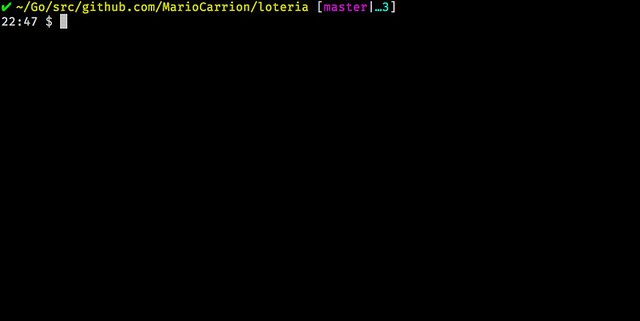
Introduction
We already implemented 3 of 8 rules, those three already model the main game rules, the “non-interactive” things: boards, cards and deck; what we need next are the “interactive” things: players and their actions. Specifically we must implement the following:
- Given tablas are unique during the duration of the game,
- There are N players, each player is given one Tabla (Board),
- There’s a Cantor (Announcer), who is in charge of randomly selecting cards from the deck,
- Players have to listen to the announced cards and mark them on their boards, and
- The winner is determined by the first player who shouts “LOTERÍ!”
Iteration #2
Diff implementing this iteration.
From reading the requirements we can tell there are two subjects: Caller and Player, the Caller is the one announcing the game (orchestrating the game and publishing the called cards) and the Players are the ones listening (are subscribed) to the game. (Please notice I will not cover the specific event handlers in this iteration, I will do that next time).
Taking those requirements we can model two concrete subjects accordingly, first one is the Caller which acts a game host, it does the following:
- Accepts new players:
Players have to listen to the announced cards, - Assigns unique and random boards to those players:
There are N players, each player is given one Tabla (Board)andGiven tablas are unique during the duration of the game, - Announces cards:
Announcer is in charge of randomly selecting cards from the deck, and - Validates the players really won when they say they did:
The winner is determined by the first player who shouts "LOTERIA".
The second one is the Player:
- Has one randomized/unique board:
Each player is given one Tabla (Board)andGiven tablas are unique during the duration of the game, - Interact with the Board after listening to the Caller:
Players have to listen to the announced cards and mark them on their boards, and - They indicate to the Caller they won:
The winner is determined by the first player who shouts "LOTERIA!".
Caller
To satisfy the requirements the Caller requires keeping track of:
Deckof shuffled cards: to properly announce the cards,Playersplaying the game, to properly determine the winner,Boardsassigned to the players: to properly assign unique boards and determine the winner,
For shuffling and announcing cards the original Deck type was converted into a struct, and Shuffe() and Select() methods were implemented.
A new Player type was added, this is a simple one so far, what’s important is that the Caller keeps that of those in a map by using their unique name.
To determine the uniqueness of the Boards, a new method was added:
func (b *Board) ID() BoardID {
if b.id != 0 {
return b.id
}
var res uint64
for c := range b.cardsMap {
res |= 1 << uint64(c)
}
b.id = BoardID(res)
return b.id
}Recall we keep track of the added cards on the board, and each board represents an int64 with one bit enabled, so we can easily determine the unique ID using bit masking again. Keeping that information in a map allows to satisfy the uniqueness requirement, not to mention that the same map is used to mark off our already assigned boards to later determine if the player is really a winner.
Player
To satisfy the requirements, the Player requires doing two things:
- Marking off the
Board, and - Shouting “LOTERÍA!”.
This type, so far, is a simple one, it basically delegates both actions to the Board which already implements them.
Putting everything together
Like I mentioned in the beginning this still requires a bit of event publishing and subscription to properly simulate a real game, however the current code implements successfully the business requirements, there’s a command already available that runs all of this. Feel free to check it out.
It looks like we made significant progress!! Let’s take a break for now, digest everything and come back tomorrow.









